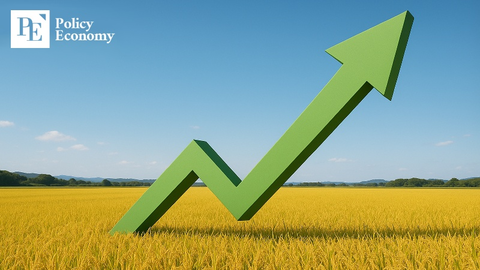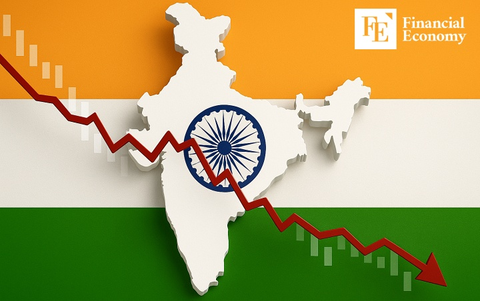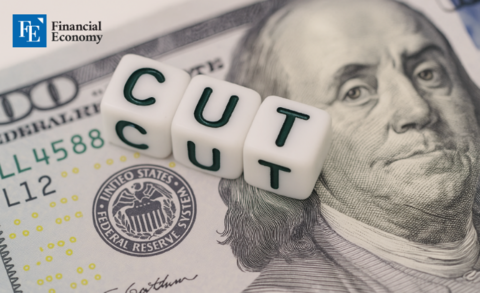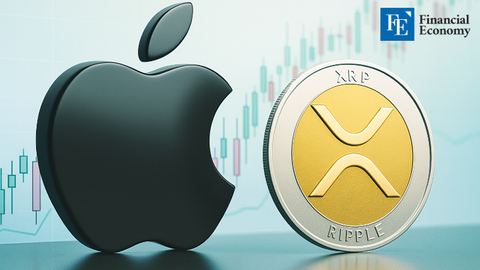Trump Again Pressures Powell for Rate Cuts, Raising Fears Over Fed’s Independence
Input
Modified
Trump Again Urges Interest Rate Cuts in White House Speech “I won’t fire Powell, but I may need to pressure him somehow” Academics Warn: “If Central Banks Yield to Populism, Inflation Will Surge”
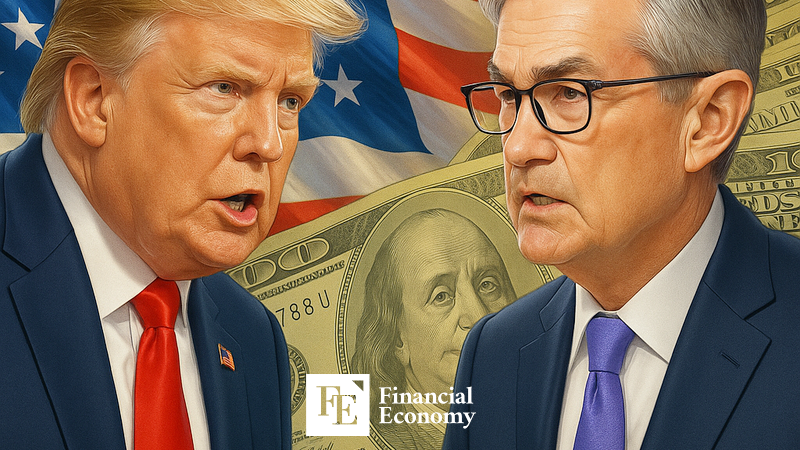
In a dramatic and politically charged confrontation with the U.S. central bank, President Donald Trump has reignited his campaign to force the Federal Reserve toward aggressive interest rate cuts—this time with sharper rhetoric, deeper implications, and a rapidly growing list of economic consequences. The president’s increasingly personal attacks on Fed Chairman Jerome Powell and his public campaign to undermine the central bank’s autonomy are not only shaking investor confidence but also triggering fears of a looming crisis in global trust in the U.S. dollar.
Trump’s remarks come at a time when key inflation indicators are signaling a slowdown, strengthening his argument for monetary easing. Yet critics warn that his approach—defined by public insults, political pressure, and the apparent orchestration of a “shadow Fed chair”—may backfire. Not only could it destabilize central bank governance, but it may also open the door to long-term inflationary pressures and a sharp depreciation of the dollar that could reverberate across global markets.
Mounting Pressure and Public Rebuke
On June 12, speaking from the White House, Trump asserted that lowering interest rates by two percentage points could save the United States as much as USD 600 billion annually. But rather than delivering a technical critique of Federal Reserve policy, the president launched into a blistering personal attack on Jerome Powell, branding him a “numbskull” and accusing him of stalling economic progress. According to Trump, Powell's refusal to lower rates is the single obstacle preventing massive savings for the American economy. The president derisively described Powell as someone who sits idly and claims he “can’t find enough reason to cut rates.”
While Trump maintained that he would not dismiss Powell, he ominously suggested he “might need to pressure him to do something,” fueling speculation that the administration is actively seeking ways to sideline or discredit the Fed chair. Analysts believe this is part of a broader effort to induce Powell’s early resignation, even though his term extends through May of next year. Some interpret this maneuver as laying the groundwork for a "shadow Fed chair"—a figure unofficially empowered to shape market expectations while formal authority remains with Powell.
Commerce Secretary Howard Lutnick quickly echoed Trump’s criticism, claiming that the country could realize substantial savings if Powell would simply lower rates. In a Fox News interview, Lutnick said the economy was primed for action, inflation was low, and it was time for Powell to fulfill his responsibilities.
These remarks followed the release of economic indicators that appeared to support Trump’s narrative. In May, the U.S. Producer Price Index (PPI) rose just 0.1% from the previous month—below the 0.2% forecast by economists. Core PPI, excluding food and energy, also climbed only 0.1%, missing expectations of 0.3%. The Consumer Price Index (CPI) followed suit, registering a 0.1% increase, well under the projected 0.2%. Core CPI was similarly subdued at 0.1%, undershooting the anticipated 0.3%. For the administration, these numbers were presented as evidence that inflationary pressure remained tame, and that the Fed was overly cautious, even in the face of a weakening price environment.
The Risk of Undermining Central Bank Autonomy
While Trump has never been shy about expressing his frustration with the Federal Reserve, his latest comments suggest a deepening political offensive against its leadership. On June 11, just a day before the public outburst, Trump had already called for a full one-percentage-point cut in interest rates. Vice President J.D. Vance added to the chorus, declaring that the Fed’s failure to act amounted to a dereliction of monetary policy duty.
This direct political intrusion into central bank decisions has sparked alarm across the economic and academic community. Economists argue that central banks must operate independently of short-term political considerations in order to maintain credibility and effectively manage inflation. Among them is former Reserve Bank of India Governor and prominent economist Raghuram Rajan, now a professor at the University of Chicago Booth School of Business. Rajan explained that while political leaders like Trump may seek interest rate cuts to stimulate short-term growth, central banks have a fundamentally different mandate: long-term price stability.
Rajan emphasized that when governments interfere in monetary policy, the outcome is often rising inflation that harms the very consumers such policies claim to protect. He noted that although U.S. inflation had fallen to 2.4% in May—just above the Fed’s 2% target—the threat of rising prices remains, especially with the administration’s tariff-heavy trade policies still in place. According to Rajan, resisting political pressure is not a luxury but a necessity: only by maintaining its autonomy can the central bank take the sometimes painful but necessary steps to manage inflation expectations and ensure economic stability.
Some economic analysts have pointed to Turkey as a cautionary tale. In 2021, President Recep Tayyip Erdoğan dismissed the country’s central bank chief just four months into his tenure for raising interest rates. The move, widely seen as a political overreach, shattered the bank’s credibility and investor trust. What followed was an economic spiral: Turkey’s inflation soared uncontrollably, reaching 85.5% by October 2022. For critics of Trump’s approach, Turkey’s example is a chilling reminder of the dangers of subordinating monetary policy to populist demands.
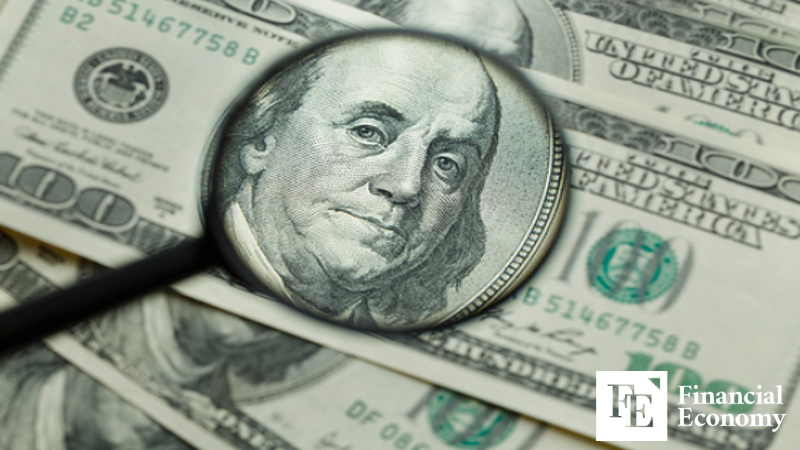
Dollar in Decline as Markets Brace for More Volatility
While the domestic debate continues, international markets are already reacting to the consequences of Trump’s Fed offensive. The president’s combination of political interference and unpredictable tariff policies has begun to erode confidence in the U.S. dollar—a currency long regarded as a global safe haven.
On June 11, legendary hedge fund investor Paul Tudor Jones predicted in a Bloomberg TV interview that the dollar could fall as much as 10% over the next year. He attributed this expected drop to the sharp decline anticipated in short-term interest rates, arguing that everyone understands such cuts are likely. According to Jones, once those cuts occur, the steepening yield curve will reduce the appeal of holding dollar-denominated assets, leading to significant downward pressure on the currency’s value.
These warnings are already bearing out in the data. The Bloomberg Dollar Index has fallen roughly 8% since the beginning of the year—its steepest drop since the index was launched in 2005. Analysts point to Trump’s policy volatility and attacks on Fed independence as major contributing factors. Bloomberg has reported that investors in the options market are increasingly preparing for prolonged dollar weakness. Although sentiment has improved since the darkest days of the COVID-19 pandemic, most investors still expect the dollar to lose value against a basket of major currencies in the coming month.
With each new outburst and every fresh wave of political pressure, Trump’s campaign against the Fed appears to be reverberating far beyond Washington. What began as a battle over interest rates has evolved into a broader confrontation over the independence of America’s most powerful economic institution—and the stability of the global financial system that depends on it.

